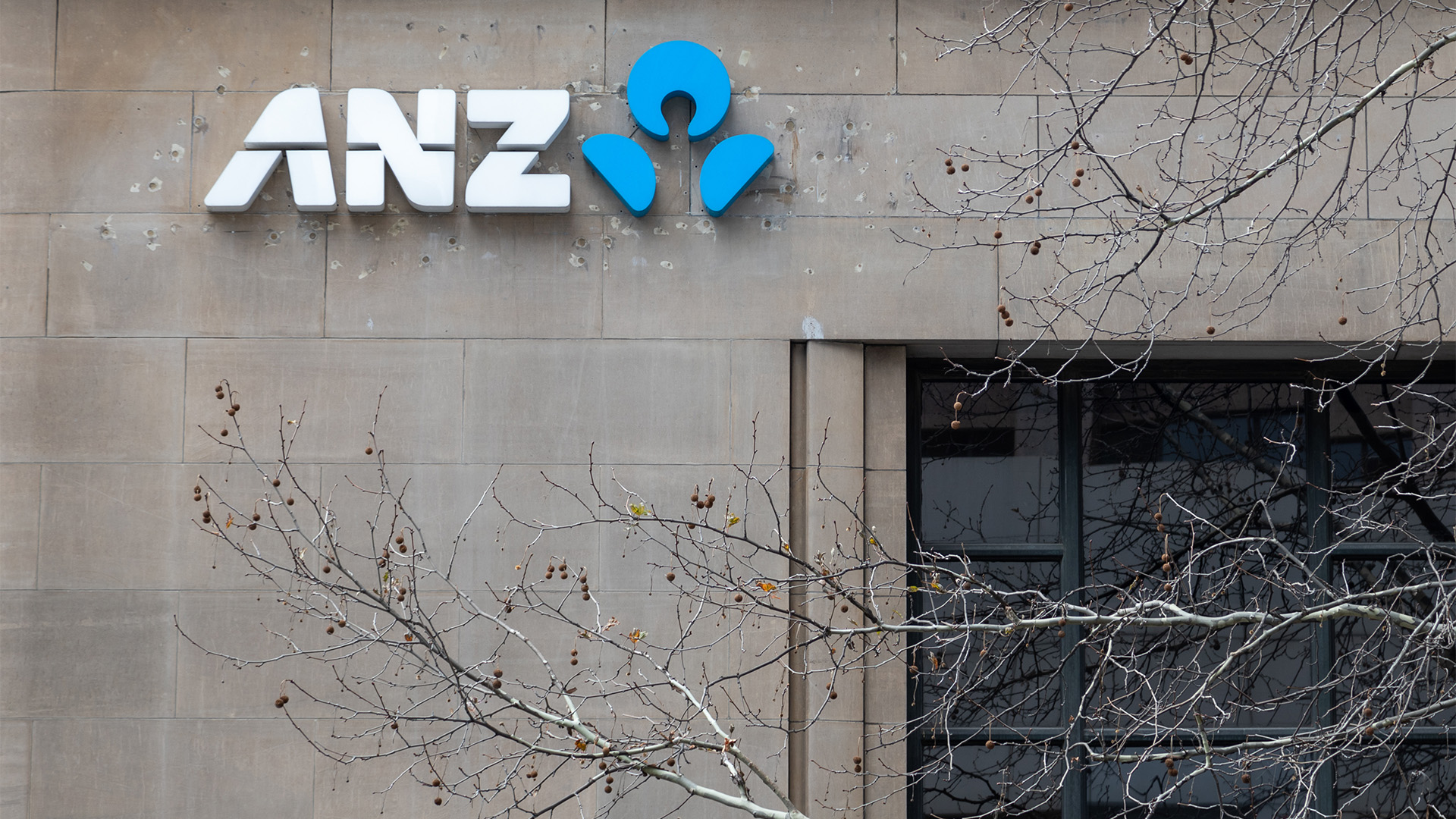The big week for the Australian and global economies.
The Fed’s two day meeting in Washington is likely to see the central bank start a second round of easing after Friday night’s first estimate of third quarter economic growth confirmed the economy was stuck in a low growth, low inflationary bind, thanks to no confidence, high unemployment and absolutely rotten confidence.
America will go to the polls on November 2 that will see the Democrats and President Obama lose ground, and make the job of the Fed that much harder because America will be even more gridlocked.
The Friday night sees the latest employment data for America released with the October jobs and unemployment data.
Before that, pending home sales will be released midweek.
In Europe the Bank of England and the European Central bank both meet to discuss monetary policy and decide on interest rate levels.
No move is expected, but the Bank of England might have something to say about its long discussed next round of quantitative easing.
Both central bank meetings are on Thursday night, Australian time.
India’s central bank meets this week and is expected to lift rates by 0.25% amid expectations of continuing high inflation.
And the Bank of Japan has brought forward its monthly two days meeting to this Thursday and Friday, ostensibly to flesh out its latest round of quantitative easing, but in reality to assess reaction to the Fed’s decision on this same issue early Thursday.
That could push up the value of the yen and spark another round of intervention by the government.
A key set of figures will be the sentiment and confidence surveys in manufacturing, and then services (so-called PMIs).
Two will be issued in China today, others across the world as well, (Australia’s survey is also out today) with the US survey tonight a key result for the Fed and analysts to consider.
In Australia it’s the Reserve Bank meeting tomorrow, along with the Melbourne Cup that will grab all the headlines and attention.
The RBA also releases its last quarterly Monetary Policy Statement for 2010 and there’s data on retail sales, building approvals, capital city house prices and trade, all for September quarter.
In the US, the Federal Reserve will release its decision early on Thursday morning, Australian time.
With the first estimate for third quarter growth of an annual 2% (1.7% in the second quarter), a second round of quantitative easing is considered certain by US analysts.
Certainly the way market interest rates fell on Friday, crimping the recent run up in yield on five to 30 year securities, tells us the market is preparing for the event.
The range is between a dramatic $US1 trillion one-off announcement, or a commitment to regular monthly purchases of $US100 billion or more for an indeterminate period of time.
Watch also for the Fed to harden up its language on how long interest rates will remain at their current 0%-0.25%, and for grater emphasis to be placed on a level of inflation (2%) as the defacto target for the bank to aim for.
The mid term elections will likely see the Republicans take control of the House of Representatives and possibly the Senate.
The AMP’s Dr Shane Oliver says, "Historically shares have performed well after the US mid-term elections and a Republican Congress may be good if it leads to a more business friendly approach from President Obama, much as occurred with President Clinton after the 1994 mid-terms.
"It’s also a big week on the data front in the US with regional manufacturing surveys pointing to a slight rise in the ISM index to be released on Monday."
The employment data could see a 60,000 rise in net new jobs, with 80.000 new private sector jobs created.
Dr Oliver says the RBA’s decision on interest rates "is likely to be finely balanced, just as it was at the last Board meeting.
"On the one hand the RBA could point to the outlook for rising inflation a year ahead as spare capacity is used up, indications of continued strong growth in China and another surge in the terms of trade in the September quarter as justifying a rate hike.
"However, with September quarter inflation coming in weaker than expected and underlying inflation actually now in the lower half of the target range there is no urgency for the RBA to move, particularly with uncertainty remaining regarding the global outlook and credit growth remaining soft.
"Our assessment is that the RBA can afford to wait another month, but a move to tighten on Tuesday would hardly be a surprise.
"One thing is clear – the Reserve Bank has clearly warned that, unless there is a change in the outlook, interest rates will need to rise at some point and it can’t wait indefinitely.
"So whether it’s in the week ahead or in December, rates are likely still headed higher."
The RBA’s Quarterly Statement on Monetary Policy to be released on Friday will likely include a slight upgrade to growth forecasts and a slight downgrade to inflation forecasts for this year and will be watched closely for more clues on the interest rate front.
Dr Oliver says house prices are likely to have come in flat in the September quarter and October data for building approvals and retail sales are likely to show modest increases.
We will also get a private inflation measure today, while the RBA releases its Commodity Price Index for October.
In corporate news, Westpac, CSR, BT Investment Management and Orica will release their full year results.
Downer EDI will be one AGM where there’s going to be considerable interest after contract problems and the changes in CEO and c













